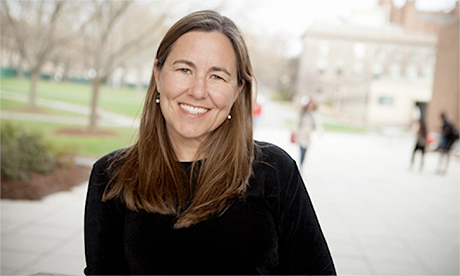Every minute, every single day, the equivalent of a truckload of plastic enters our oceans.
In the name of profit and convenience, corporations are literally choking our planet with a substance that does not just “go away” when we toss it into a bin.
Since the 1950s, some 8.3bn tons of plastic have been produced worldwide, and to date, only 9% of that has been recycled.
Our oceans bear the brunt of our plastics epidemic – up to 12.7m tons of plastic end up in them every year.
Just over a decade ago, I launched the Story of Stuff to help shine a light on the ways we produce, use and dispose of the stuff in our lives.
The Story of Stuff is inextricably linked to the story of plastics – the packaging that goes along with those endless purchases.
We buy a soda, sip it for a few minutes, and toss its permanent packaging “away”.
We eat potato chips, finish them, then throw their permanent packaging “away”.
We buy produce, take it out of the unnecessary plastic wrap, then throw its permanent packaging “away”.
The cycle is endless, and it happens countless times every single day.
But here’s the catch – there is no “away”.
As far as we try to toss a piece of plastic – whether it’s into a recycling bin or not – it does not disappear. Chances are, it ends up polluting our communities, oceans or waterways in some form.
For years, we’ve been conned into thinking the problem of plastic packaging can be solved through better individual action.
We’re told that if we simply recycle we’re doing our part.
We’re told that if we bring reusable bags to the grocery store, we’re saving the world.
We think that if we drink from a reusable bottle, we’re making enough of a difference. But the truth is that we cannot recycle our way out of this mess.
Recycling alone will never stem the flow of plastics into our oceans; we have to get to the source of the problem and slow down the production of all this plastic waste.
Think about it: if your home was flooding because you had left the faucet on, your first step wouldn’t be to start mopping.
You’d first cut the flooding off at its source – the faucet. In many ways, our plastics problem is no different. Continue reading
- Image: Inhabit
